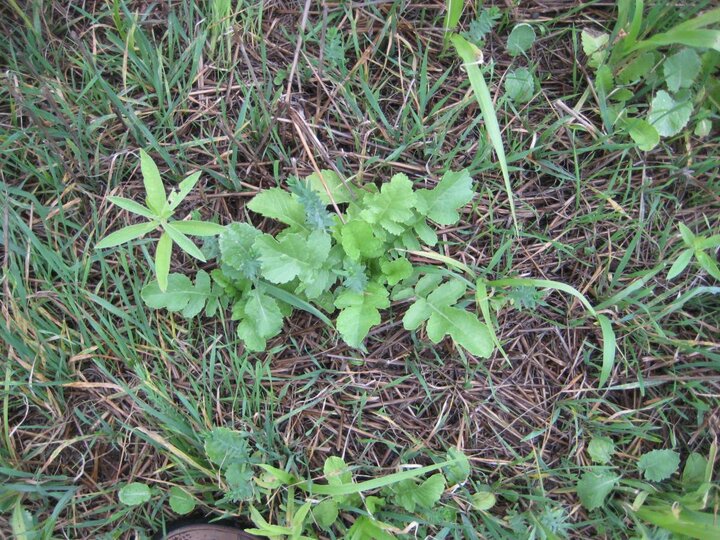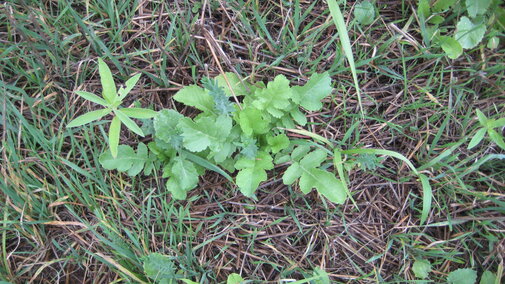Q: Which dicamba product should I use to terminate broadleaf cover crops or burn down weeds before planting Xtend soybean?

A: I recently received several phone calls from growers with questions on terminating broadleaf cover crop species and broadleaf weeds using dicamba products. They were particularly interested in whether dicamba products such as Banvel, Clarity, DiFlexx, etc. can be applied to terminate broadleaf cover crop species such as hairy vetch, field peas, or mixtures and broadleaf weeds such as henbit, field pennycress, or marestail immediately before planting Xtend soybean. The answer for the dicamba-based herbicides listed above is NO. Their labels have soybean planting intervals of 14 to 60 days, depending on the product and its use rates.
For example, for Clarity to be applied at 16.0 fl oz/acre, there would be a 28-day soybean planting interval after an inch of rain. If Clarity were to be applied at 8.0 fl oz/acre, the soybean planting interval would be 14 days after an inch of rain. The Clarity label also specifies: “Do NOT make Clarity burndown applications to soybeans in geographic areas with average annual rainfall less than 25 inches.”
If DiFlexx is applied burndown at 24 fl oz/acre or less, the planting interval for soybean is 60 days.
This longer planting interval must be applied because Xtend soybean is not listed on Banvel, Clarity, DiFlexx, or other dicamba products.
Dicamba-resistant soybean, also known as Xtend soybean, became available commercially for the 2017 growing season. Three dicamba products (FeXapan, Engenia, XtendiMax) are labeled to be applied pre-plant, pre-emergence, or post-emergence (up to R1 soybean growth stage) for broadleaf weed control in Xtend soybean. You can use FeXapan, Engenia, or XtendiMax as per label requirements in burndown application and plant Xtend soybean without a planting interval.
If you apply 2,4-D prior to planting soybean, be sure to adhere to the planting interval specified on the label. Several 2,4-D products have different planting intervals for soybean, ranging from 7 to 30 days depending on product and application rate. (See this Crop Watch article.)

